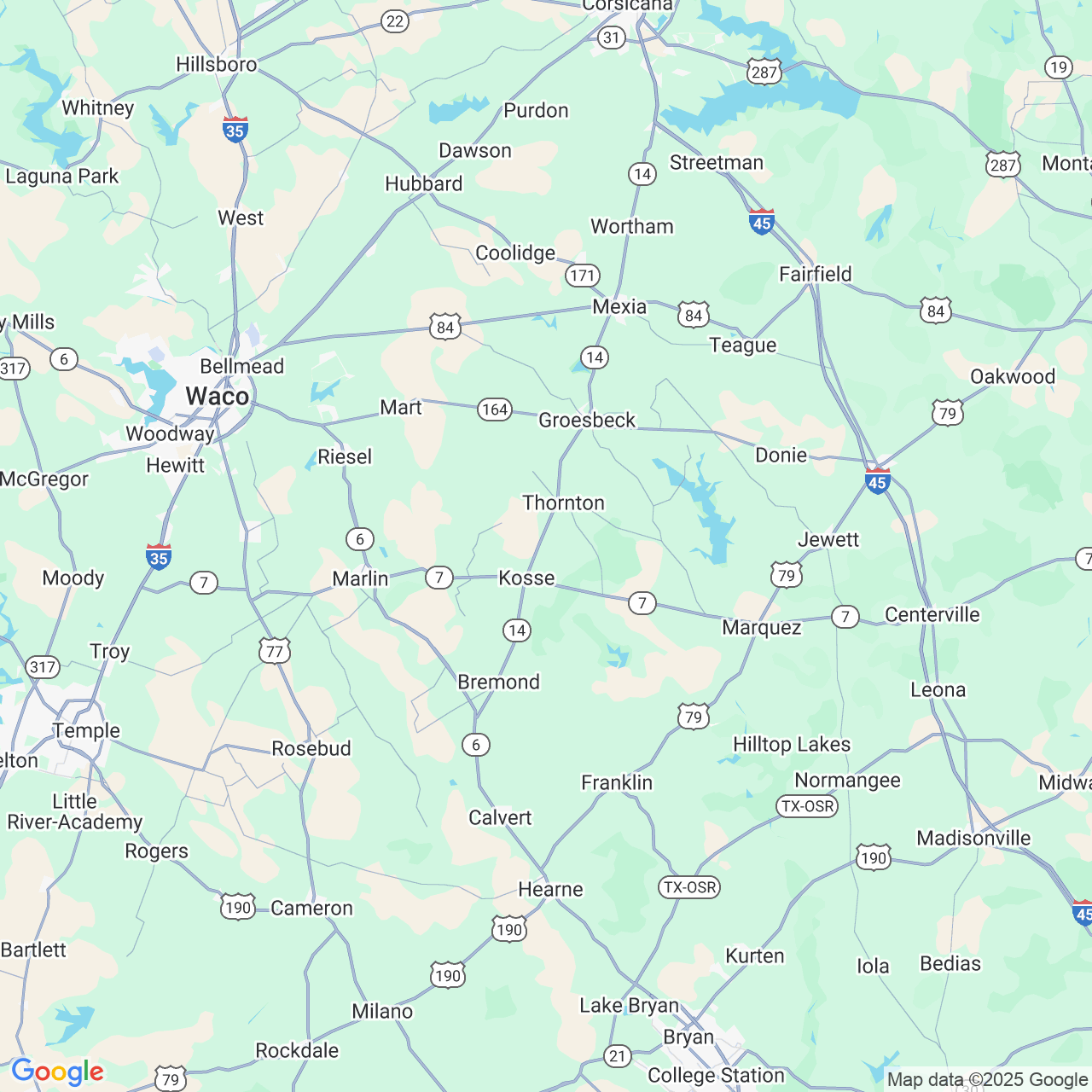Don’t Bank on Hair Follicle Banking
For decades women and men have banked their eggs and sperm, respectively, for potential use in future invitro fertilization procedures. The use of cryopreservation – storing genetic materials at very low temperatures – has proven to be reliable, keeping the samples safe and structurally intact for an indefinite amount of time. So, it was only a matter of when – and not if – cryopreservation would be introduced in hair restoration.
A biotech company out of Manchester, England, Hairclone, is offering to store patients’ hair follicles for later use when hair cloning procedures are perfected and approved. They have partnered with a licensed U.K. tissue bank to secure the necessary authorizations from U.K. regulators with the Human Tissue Authority to establish a hair follicle banking system. It is the first hair follicle storage system anywhere.
The idea is for patients to have about 100 hair follicles extracted just as we do today when we are performing a hair transplant. Only these follicles would not be transplanted – they would be placed into a deep free in temperatures of nearly 300 degrees below zero using cryopreservation techniques. Then they would be sent to Hairclone’s follicle bank in the U.K. for storage.
Anyone who has explored hair restoration procedures knows that 100 hair follicles is not enough to make much of a difference on any head. We use about 20 times that amount when performing hair transplants that are relatively limited in scope. It’s not uncommon for us to transplant more than 4,000 follicles.
So, what are these follicles being stored for?
This is where is helps to have some imagination. Hairclone, and other organizations, have been working on techniques that would isolate dermal papilla cells, which reside in the dermal papillae of the hair follicle, and then clone those cells. The theory is that since dermal papilla cells regulate hair follicle development and growth, perhaps miniaturized hair follicles can be energized and rebuilt by injecting dermal papilla cells into the scalp.
Hairclone believes that 100 hair follicles will be plenty to produce an abundance of cloned dermal papilla cells for such a procedure. Of course, there is limited proof that such a procedure would be effective or safe in humans. In one 2017 study out of Iran, “Hair Follicle Generation by Injections of Adult Human Follicular Epithelial and Dermal Papilla Cells into Nude Mice,” researchers concluded, “Our data showed that injection of a combination of adult human cultured dermal papilla and epithelial cells could induce hair growth in nude mice. This study emphasized that the combination of human adult cultured dermal papilla and epithelial cells could induce new hair in nude mice.”
Given the very early stage of that area of research, we would have to anticipate at least a decade – and perhaps considerably longer – before such a procedure would be approved for humans.
Beyond that, Hairclone is floating the possibility that the stored follicles themselves could be cloned in a process they are calling “follicle neogenesis.” We’ve written extensively about various scientific advances in creating new hair follicles in the lab and we encourage those interested to review our recent posts including, “A Blood Draw Could Someday Generate Human Hair Follicles,” and, “Researchers Develop Hair Farm for Growing Human Follicles.” As those posts make clear, there are a lot of smart people working on these challenges, but progress is slow. In fact, we first posted here about hair cloning in 2010 – nearly a decade ago!
This fact could be an argument in favor of banking your hair follicles for some future date when the science catches up to our desire for more hair. However, banking your hair follicles comes with a cost. First the cost of extraction and cryopreservation of the follicles is estimated to be about $2,500. Then there is an annual storage fee of about $125. So, if you anticipate that a scientific advance is still at least a decade away from being approved, the overall cost would be nearly $4,000 – not including whatever the cost of cloning or reproduction of the cells would be.
Or you could just wait. We at Arocha Hair Restoration have examined the concept of banking hair follicles and can find no benefit for doing it beyond being able to impress your friends with a good story. Why bank your follicles and incur and annual fee when it would be simple to extract follicles from the back of your scalp after these experiments are completed and regulators have signed off?
We’ll keep our eye out for further developments, but at this point our recommendation is to sit this one out.




